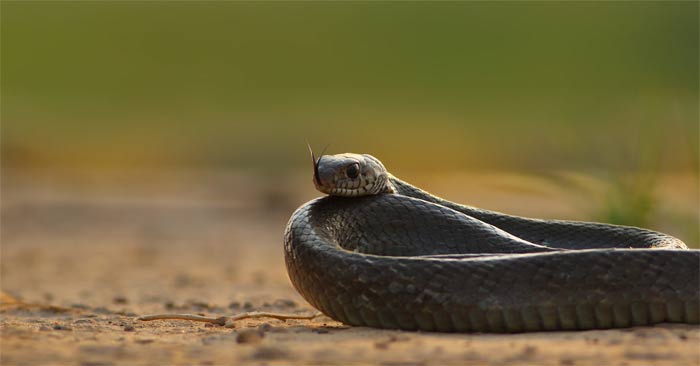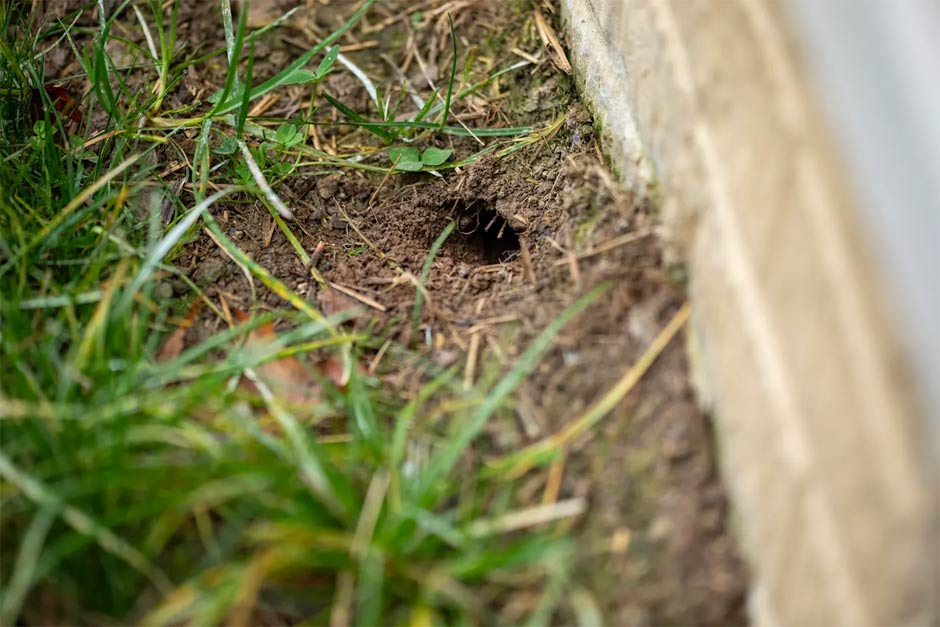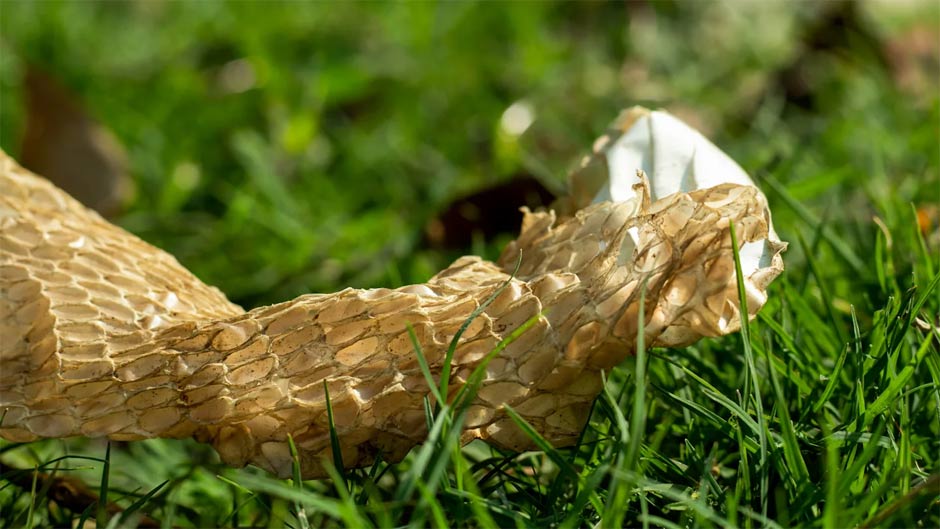How to identify snake holes in your garden
Snakes don't dig their own burrows, but that doesn't mean they can't take refuge in burrows created by something else. Here's how to identify and deal with a snake burrow in your yard.

One of the signs that you may have a snake in your garden is seeing a burrow. While some people may see this as a good sign because snakes help keep rodent and insect populations down, it can be dangerous if you're not a gardener—or don't know how to handle these reptiles.
However, just finding random holes in the ground doesn't necessarily mean that there's a snake in your yard. Here's how to identify a snake burrow, along with potential reasons why snakes might choose to nest around your yard instead of your neighbor's, and how to deal with them.
What is a snake cave?
Believe it or not, snakes can't dig their own burrows. Instead, they dig abandoned holes created by other animals, like chipmunks, hamsters, turtles, and more. Snakes typically look for holes about 1 to 8 centimeters in diameter that they can fit snugly inside.
The main reason snakes seek them out is to seek shelter from the sun, rain, and other weather conditions. Their burrows keep them cool during the day or warm at night. Snakes often choose a yard or garden to call their own because food and water are nearby. But any place that offers shelter — including prepared rodent holes, thick woodpiles, unattended compost areas, unfenced gardens, or even around birdbaths — can also be attractive to them.
So if you start to suspect that some kind of snake has squirmed into your yard, it's likely because there are plenty of rodents, frogs, birds, and insects to eat. Also, snakes thrive in damp places, so they like standing water.

How to identify snake holes
Aside from calling pest control right away, the best way to tell if there's a snake inside the hole is if you notice any shed skin around the area. Snake tracks or droppings (which are usually dark brown or black and oblong with a white cap-like substance on them) are also worth noting, as their location in the yard can tell you where the snake was most recently active. Whatever you do, though, don't stick your hand inside the hole — you never know what might cause its head to pop out (or worse).
One of the easiest ways to deal with it is to simply leave the hole alone. Most snakes will not attack unless provoked and may be doing something important for you, such as hunting prey.
But that may not be practical, depending on the type of snake around your home. If you suspect you may be dealing with a venomous snake, contact a wildlife or pest expert immediately for appropriate snake removal options. It's better to let a professional handle your snake problem than to try to do it yourself.

How to handle snake holes
If you don't see any real activity around the hole (and think it's a non-venomous snake), you can always try filling it with soil. Be sure to wear gloves and protective clothing if you plan on working around the area for safety reasons. You can also use wire mesh, burlap, or some type of netting to block movement around the hole, or place a heavy rock on top. While some experts say this is only a temporary fix (and will only cause the snake to look for another possible hole in the area), it can provide some peace of mind for some homeowners.
Practicing better home maintenance is another way to prevent the threat of snake infestation. You can make your yard less of a snake's dream destination simply by mowing your lawn regularly and clearing away debris like wood piles, leaves, and compost.
Some lawn decorations, including birdbaths and hollow logs, are also likely to attract snakes, so think carefully before adding them to your outdoor space. Installing proper drainage in wet areas around your lawn can also help.
You should read it
- Working hot on the screen, sneaking out on Facebook, have you tried it?
- Discovering new snakes, whole body covered with strange sparkling gold
- Jade snake snake - Beauty queen snake in Vietnam
- The ultimate snake surgery of the tall bird is called the 'Taekwondo killer'.
- The small snake desperately took the last breath from the frog's throat
- The most venomous snake in Vietnam, the king cobra is still far behind
 Interesting photo series to help you understand how the world around us works?
Interesting photo series to help you understand how the world around us works? Which nuts contain the most protein?
Which nuts contain the most protein? The best time of day to take vitamin B12
The best time of day to take vitamin B12 This is the final moment when a star 'passes away'
This is the final moment when a star 'passes away' How to cure insomnia for pregnant women in the last 3 months
How to cure insomnia for pregnant women in the last 3 months This is a nutrient that burns excess fat and effectively improves intestinal health.
This is a nutrient that burns excess fat and effectively improves intestinal health.